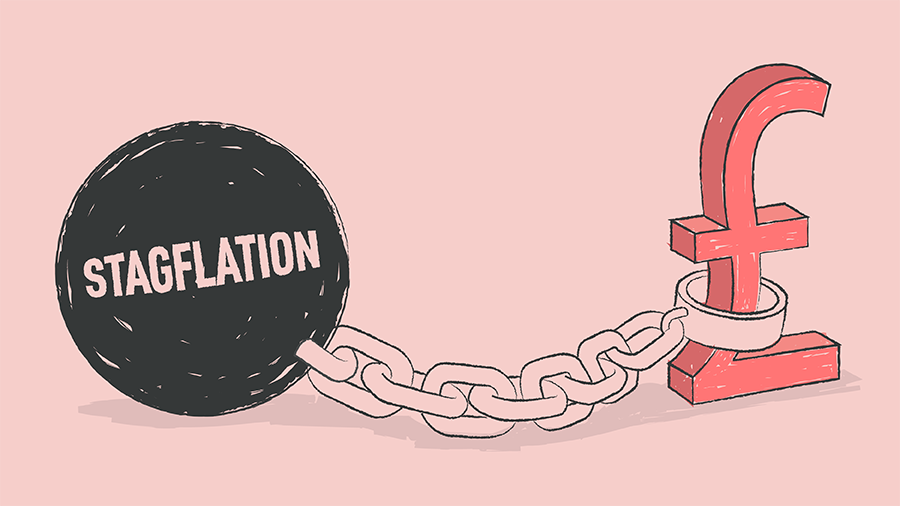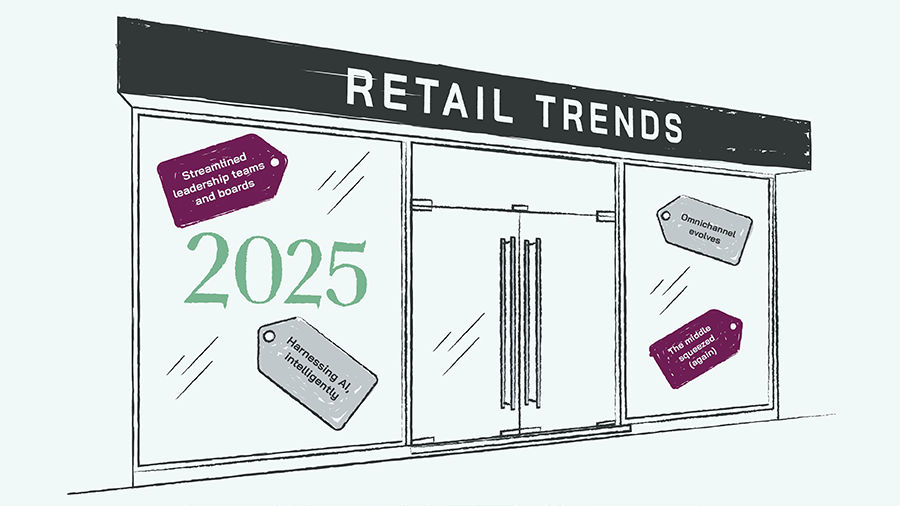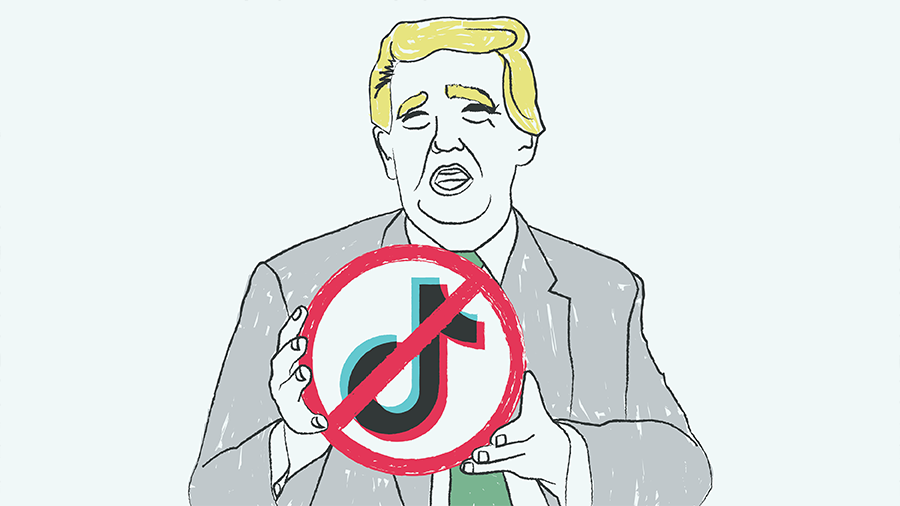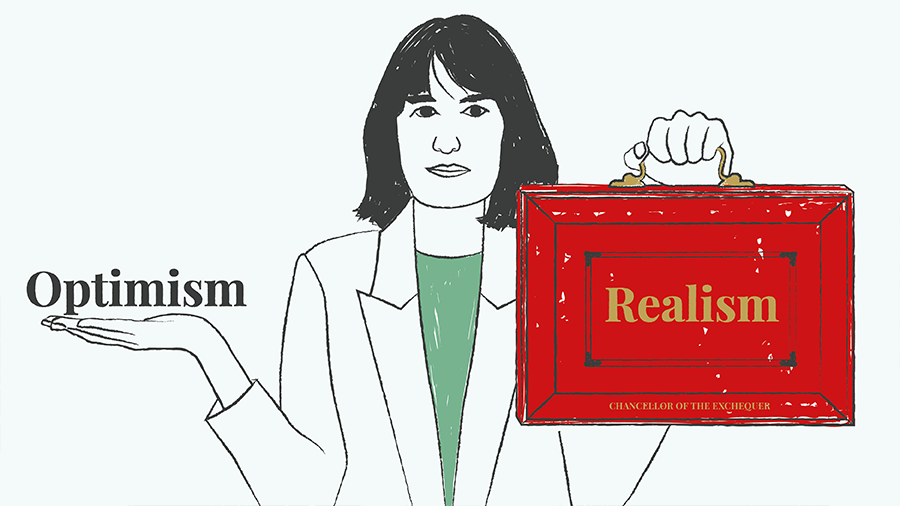
The Black Lives Matter protests that reignited after the murder of George Floyd in 2020 belatedly made these business issues too.
Many firms have since ventured into the somewhat uncomfortable political territory of standing up for a cause, if for no other reason than because consumers and employees expect it. Sometimes, they get into hot water as a result, with backlashes against Disney for criticising Florida’s ‘Don’t Say Gay’ legislation, and Nike for its ad campaign featuring Colin Kaepernick taking the knee.
A business is far more likely to succeed in standing up for inclusive values if it is rooted in genuinely inclusive leadership. But what does that actually mean?
If few CEOs would put their hands up and say they aren’t inclusive, that’s because ‘inclusive’ leadership can sound only slightly less vague than ‘good’ leadership, risking it becoming an unhelpful description.
But inclusion isn’t woolly. It relates to hard behaviours and characteristics, which can have a powerful impact in driving purposeful performance.
Here are three signposts of inclusive leaders, which can serve as both a test and an inspiration.
1. They ‘get it’
The acronym D&I is unfortunate. For one, it bolts together two related but very different ideas. Diversity is an outcome, one that it is measurable, although not always easily so. Inclusion is about how we treat each other. It leads to diversity, but it runs far deeper and more broadly.
Inclusive leaders understand that distinction and what achieving both of those things requires. They also understand why each matters.
The business case for diversity has been clearly established, by McKinsey among others, but an inclusive leader turns this abstract principle into something tangible among the people and communities in which they operate.
They see inclusion as both a means to a valuable end (diversity) but also an important end in and of itself. Just as importantly, they recognise their role as leader in making it happen.
2. They make diversity systematic
Diversity is an HR issue. It has to be. It’s about measuring aspects of the workforce. It’s about the talent pool you access, the promotion pipeline and – if it’s managed well by a highly-skilled people director – the capacity of your organisation to surface and capitalise on different perspectives.
But like all people issues, this is also the business of the leader. It is incumbent on the CEO to hire an HR director with the skills to make the organisation more meaningfully diverse, and to support them in doing so.
This means systematically looking for barriers that prevent people from different backgrounds applying to join or rising through the organisation, and then tearing those barriers down. If people from areas of deprivation aren’t sending applications, for example, then actively market your employer brand to them, and measure the effect.
3. They make inclusion personal
Unlike diversity, inclusion cannot be reduced to a statistic. It is deeply personal, primarily borne out in the way that we deal with the people we encounter in our organisations.
An inclusive leader talks to the cleaner as readily as to the CFO, and is actually interested in what they have to say. They notice when someone doesn’t fit in, and work to make the business a place where anyone can. They see potential where others see problems. They listen and make a conscious effort to make sure that everyone gets a chance to be heard and to participate.
Again, this may just seem like good leadership, and indeed it is. What makes it specifically inclusive is how it relates to difference. It’s easy to include someone who sees the world like you. For a born optimist to include a neurotic pessimist and see that they have something to contribute – that takes a bit more presence of mind, but that’s what inclusivity is.
All this may make pursuing inclusion and diversity seem challenging. For some people there may well be a lot of work to do, both in developing leadership skills and in working on culture and the HR processes required to make it this a reality. But ultimately the benefits will be substantial not just in building a better organisation but on a wider societal level also.
If you haven’t already, it is time to press the button on the internal work and the external recruitment required to make your business a diverse and inclusive one.





